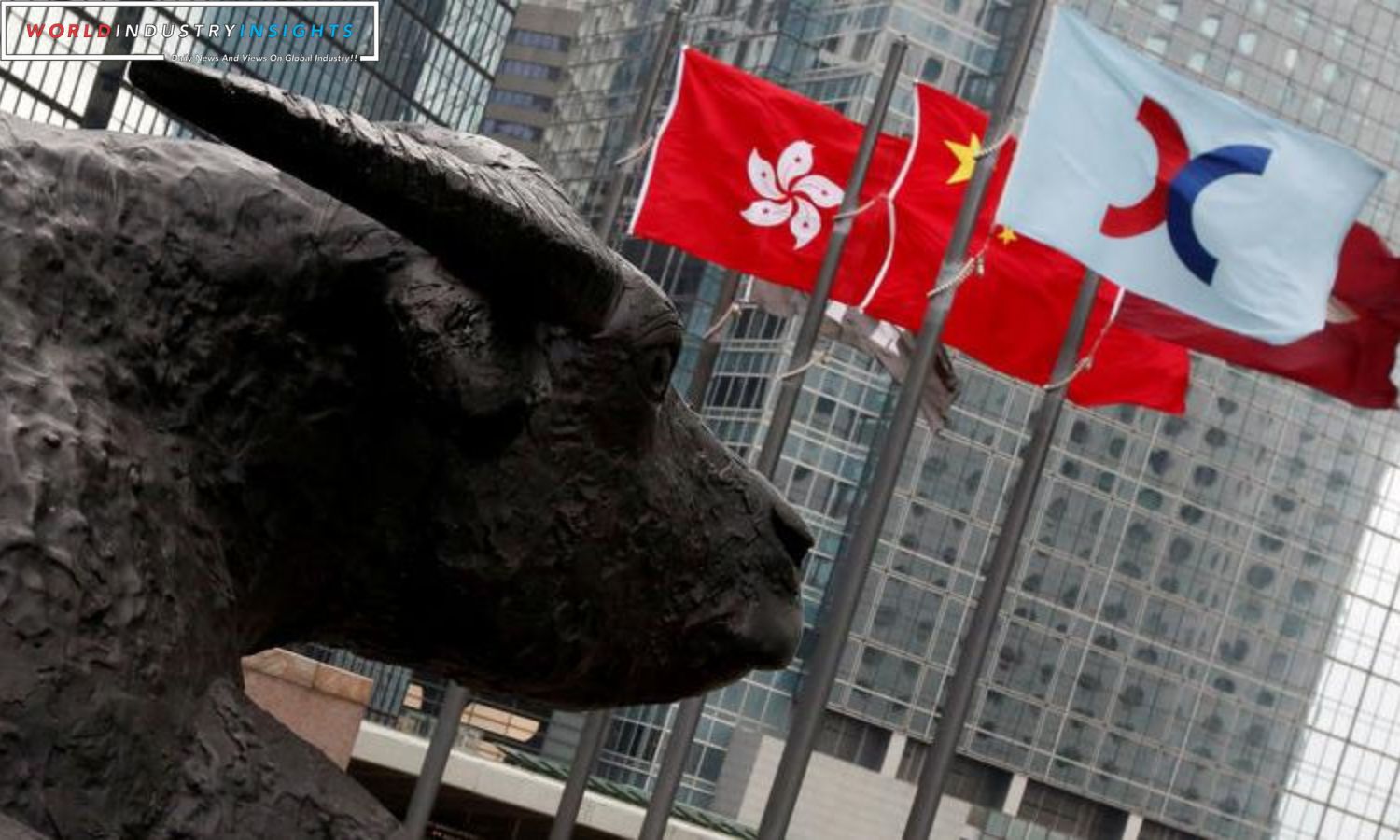Foreign Investors Return: Foreign investors are cautiously re-entering Asian equities in November, marking a shift from several months of heavy selling. This change in sentiment is driven by easing concerns about aggressive interest rate hikes in developed markets, rekindling risk appetite.
There’s a growing belief that U.S. policy rates might have peaked, and the possibility of rate cuts as early as May is on the horizon. This shift follows a perceived moderation in the Federal Reserve‘s hawkish stance and softer monthly jobs data. Data from various Asian stock exchanges indicate that foreign investors have bought stocks worth a net $2.05 billion in the past week, a significant reversal from the net selling of about $11.16 billion in October.
“We are seeing some unwinding of bearish sentiments into November, as markets bask in the hopes that the Fed is at its end of the hiking cycle,” observes Yeap Jun Rong, a market strategist at IG based in Singapore. “The improved risk environment may draw some inflows into Asian equities towards year-end, as we tread in the seasonally stronger period of the year.”
Amid these shifting rate expectations, U.S. 10-year Treasury yields have dropped approximately 30 basis points this month. This decline has brought relief to rate-sensitive sectors like technology and reignited interest in South Korean and Taiwanese stocks.
Also Read: Taiwan Stock Market Attracts Foreign Investors Despite Political Tensions: Chairman Sherman Lin
South Korea, in particular, has benefited, attracting $1.32 billion in foreign capital in November to date, a stark reversal from the $2.5 billion outflow last month. Taiwan’s equities have also seen inflows of about $1.22 billion in the past week, despite foreigners selling off $17.4 billion worth of Taiwanese stocks since July.
Even Vietnam has reported modest foreign buying, with $28 million entering its market this month. However, India witnessed a withdrawal of $377 million by overseas investors over the past week, extending October’s $2.95 billion net sell-off.
Meanwhile, Indonesian, Thai, and Philippine stocks recorded foreign outflows of $429 million, $428 million, and $171 million, respectively, last month. The renewed interest in Asian equities signifies a shift in global investment sentiment and a potential reawakening of appetite for the region’s markets.
Our Reader’s Queries
What is the typical return for an investor?
The S&P 500 index measures the average stock market return at around 10% annually. However, this rate is diminished by inflation, which can cause investors to lose purchasing power by 2% to 3% each year. To better understand the impact of inflation on your finances, check out NerdWallet’s inflation calculator.
How much return do investors get?
When it comes to investing, the rate of return is a crucial factor to consider. The compound annual growth rate (CAGR) is a useful metric to measure the performance of different asset types. Small-cap stocks have historically provided a CAGR of 11.9%, while large-cap stocks have provided a CAGR of 10.2%. Government bonds, on the other hand, have a lower CAGR of 5.5%, and treasury bills have the lowest CAGR of 3.3%. It’s important to keep in mind that past performance does not guarantee future results, but understanding the historical performance of different asset types can help inform investment decisions.
What are the disadvantages of the FPI?
Investing in FPIs can be risky due to their susceptibility to external factors like political instability and economic uncertainty. This makes them more volatile than domestic markets, which can lead to unpredictable returns. It’s important to carefully consider these potential disadvantages before making any investment decisions.
What is a good return to investors?
A positive ROI is always a good sign, with a typical ROI of 5-7% being a reasonable expectation. However, a strong ROI is considered to be anything above 10%. When it comes to stocks, a ROI of 7% after inflation is generally seen as good, based on the market’s historical returns.


